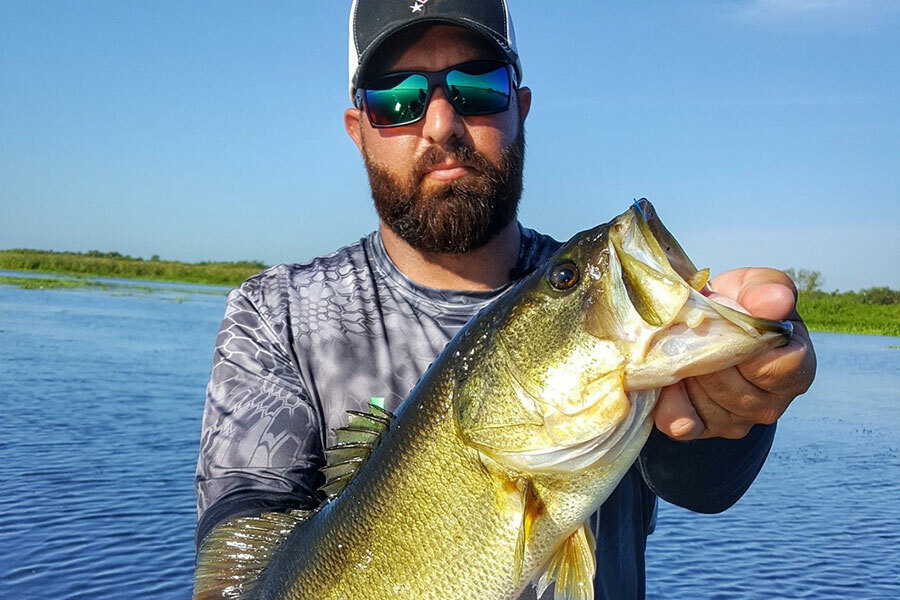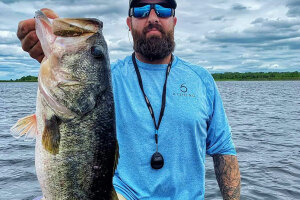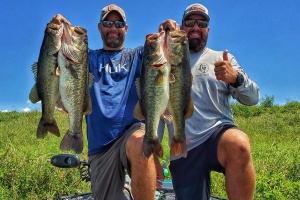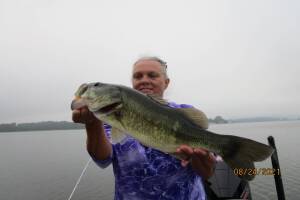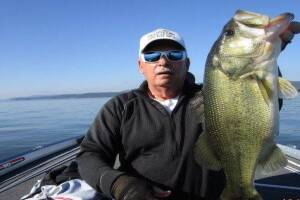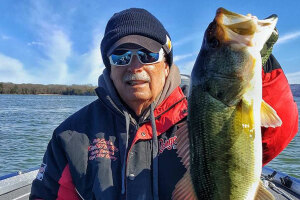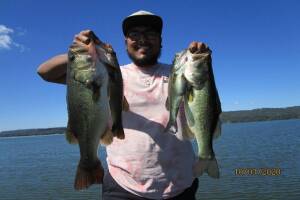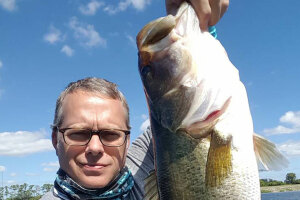As winter approaches, bass's behavior changes due to dropping water temperatures and oxygen levels, affecting their feeding patterns. Anglers must adjust their strategies and understand their new routines. Reaction baits, such as traps, are effective during warming periods. Fishing in mid-morning is crucial for successful catch.
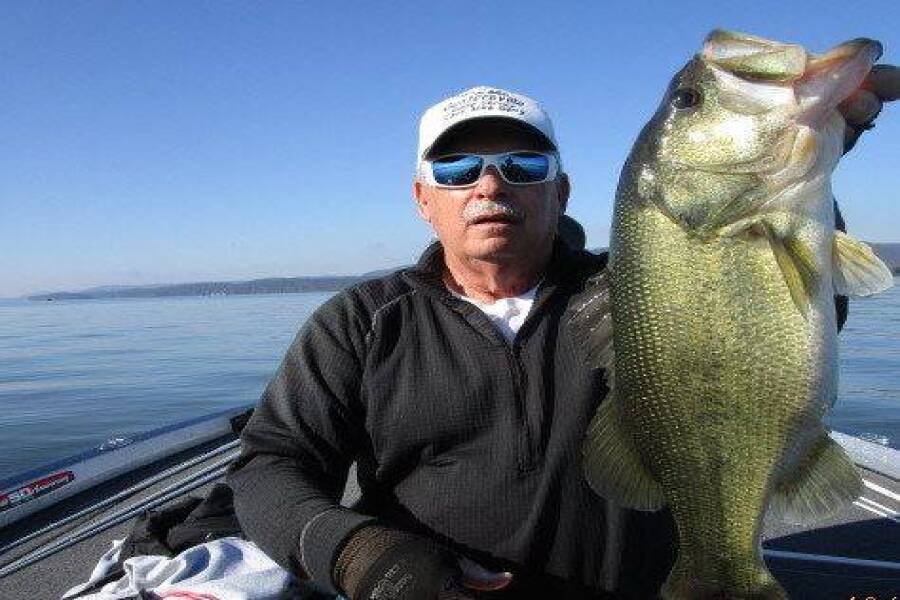
Largemouth Bass - Fall to Winter Transition
As the seasons shift and the colder temperatures of winter approach, the behavior and habits of bass undergo significant changes. With dropping water temperatures and changing oxygen levels, it's crucial for anglers to adjust their strategies and understand the bass's new routines. This will ensure a successful catch throughout the season.
Summary:
- Bass Behavior Changes: As winter sets in, bass will alter their habits to adapt to the colder temperatures.
- Water Temperatures: A substantial drop in water temperatures will push bass to seek warmer waters.
- Oxygen Levels and Feeding Time: These will change as the weather evolves, affecting when and where the fish feed.
- Adapting Strategies: Understanding the bass's habits, adjusting your presentation, and fishing in the right locations are key.
Understanding the Bass's Winter Behavior
The first thing to note is that the bass's daily habits will evolve with the water temperatures. In the early winter, as temperatures gradually adjust, the fish migrate bit by bit to their winter locations. It's essential to move along with them, recognizing the significant difference in water temperatures between the mid-50s and mid-40s.
Locations with temperatures in the mid-50s will still find active bass in shallow waters. Targeting structures in 4 to 8 ft. of water will be vital. Conversely, when water temperatures plunge into the 40s, bass will abandon the shallow flats, especially early in the morning. They will then gravitate towards deeper waters, seeking areas where they can access deeper drops as the day warms up. Another vital consideration is the time of day, as this will influence their feeding patterns.
Bass Feeding Time Adjustments
Bass will shift their early feeding patterns. Instead of feeding early in the morning, they will now wait for the warmer parts of the day. Sunlight becomes an angler's ally, prompting bass to feed later in the day. This pattern remains consistent if water temperatures drop during the night and warm up during the day. Gone are the days of being on the water at the crack of dawn; now, you can enjoy a longer morning rest and aim to fish around mid-morning to align with their feeding schedule.
Choice of Baits in Winter
Reaction baits will increasingly become the go-to choice. As bass become more active during the warming periods, they will react favorably to baits such as traps, swim jigs, spinner baits, and stroking presentations like stroking a jig. Winter is a time when enticing a bite becomes crucial. The prowess of an angler in winter comes to the fore, as your skill in prompting fish to strike will be challenged daily.
FAQ
Why do bass change their habits in winter?
As the water temperature drops and oxygen levels change, bass alter their habits to seek warmer water and adjust their feeding times.
How does the water temperature affect bass behavior?
In the mid-50s, bass remain active in shallow waters, whereas, in the mid-40s, they prefer deeper waters, especially early in the morning.
When is the best time to fish for bass in winter?
Instead of early mornings, aim for mid-morning when the sun warms up the water, aligning with the bass's adjusted feeding schedule.
Which baits are most effective in winter?
Reaction baits, including traps, swim jigs, spinner baits, and stroking presentations like stroking a jig, are highly effective as bass become more active during the warming periods.
Fish Lake Guntersville Guide Service
www.fishlakeguntersvilleguideservice.com
www.facebook.com/FishGuntersville
Email: bassguide@comcast.net
Call: 256 759 2270
Capt. Mike Gerry

